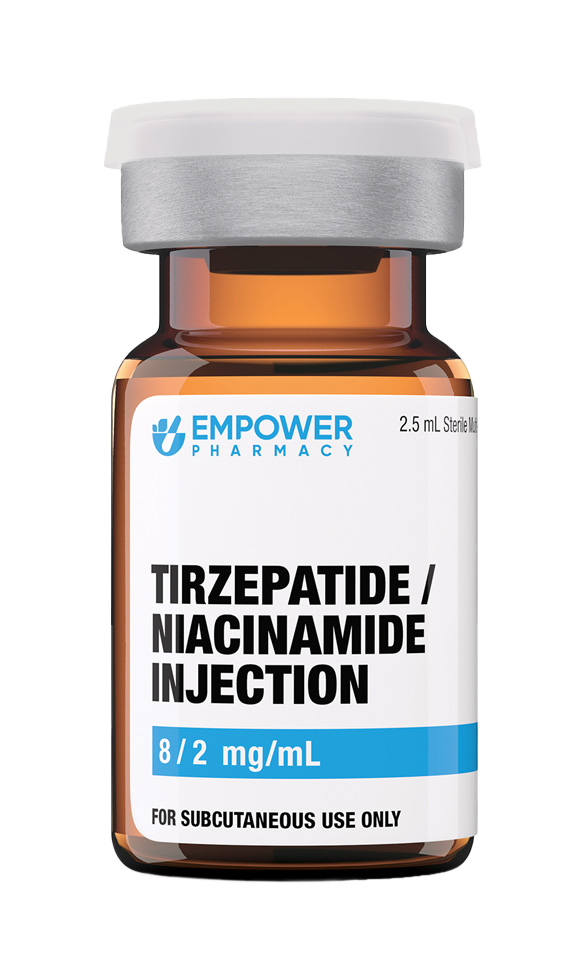
Article Summary
GLP-1s differ in their administration schedules, efficacy, and additional benefits. Choosing the optimal therapy requires thoroughly evaluating patient-specific factors, including treatment goals, lifestyle, and comorbid conditions.
Conversations around the kitchen table these days can be very eclectic. You may hear about wild weather events, new technologies making us dream of what is possible, and the latest family adventures. But one topic seems to be popular for more than 15 million Americans: the new wave of drugs called Glucagon-like peptide-1, or GLP-1s in short.
GLP-1s
GLP-1s have revolutionized the fight against diabetes since their market entry in the mid-2000s. These peptide hormones were developed initially as a type 2 diabetes treatment that works with the pancreas to enhance insulin release in response to meals. However, researchers observed during clinical trials and from post-release reports that patients using GLP-1s also showed weight loss. They work by reducing the appetite and feelings of hunger, slowing the release of food from the stomach, and increasing fullness after eating.
Fast-forward a couple of decades, and now we have multiple GLP-1 medications and one dual GLP1/GIP medication with unique profiles in the market that can help optimize patient outcomes.
Empower Pharmacy manufactures compounded Semaglutide / Cyanocobalamin Injection and Tirzepatide / Niacinamide Injection under strict quality-control protocols to keep these medications available and affordable for millions of patients.
Fun Fact:
Did you know the first GLP-1 gene identified was found in deep-sea-dwelling Atlantic anglerfish in 1982? Scientists eventually identified similar genes in rodents and humans.
Comparing Compounded
Semaglutide / Cyanocobalamin &
Compounded Tirzepatide / Niacinamide
Understanding their differences, efficacy, and unique profiles is crucial for optimizing patient outcomes.

Semaglutide / Cyanocobalamin
Semaglutide is a popular once-weekly GLP-1 receptor agonist. Its modified version of the human GLP-1 structure extends its half-life and is generally considered safe in adults and elderly patients with kidney or liver disorders .
Cyanocobalamin is a vitamin of the B-complex family, commonly known as cobalamins (corrinoids). It is a synthetic or man-made form of vitamin B12 that is available as both a prescription and over-the-counter (OTC) medication. Cyanocobalamin is a vital compound for cell division and growth, hematopoiesis, and nucleoprotein and myelin synthesis. This vitamin also has an important role in protein synthesis, neural metabolism, DNA and RNA production, as well as fat and carbohydrate metabolism.

Tirzepatide / Niacinamide
Tirzepatide brings a novel dual GIP and GLP-1 receptor agonist, advancing beyond traditional GLP-1 therapy.
On the flip side, healthcare professionals need to monitor for potential side effects such as gastrointestinal disturbances, which are common with GLP-1 receptor agonists, and the risk of pancreatitis.
Niacinamide – Niacin (nicotinic corrosive or 3-pyridinecarboxylic corrosive) is also vitamin B3, a B-complex vitamin.
In summary, these GLP-1s managing type 2 diabetes and weight lossdiffer in their administration schedules and additional benefits. Semaglutide and tirzepatide, with their longer dosing intervals, offer compelling advantages for patients needing intensive management. Choosing the optimal therapy requires thoroughly evaluating patient-specific factors, including treatment goals, lifestyle, and comorbid conditions.
At Empower, we are a trusted 503A compounding pharmacy that works with the FDA when there is a medication shortage. We answer the call with rigorous quality assurance processes that involve testing raw materials and final products to meet stringent purity and potency standards.
Our highly trained pharmacists and technicians operate in a state-of-the-art facility designed to maintain a sterile environment and ensure that our procedures align with the United States Pharmacopeia (USP) standards.
Compounded drug products are available only pursuant to a valid prescription from your healthcare provider. Compounded drug products are not FDA-approved and have not been evaluated by the FDA for safety or efficacy.



